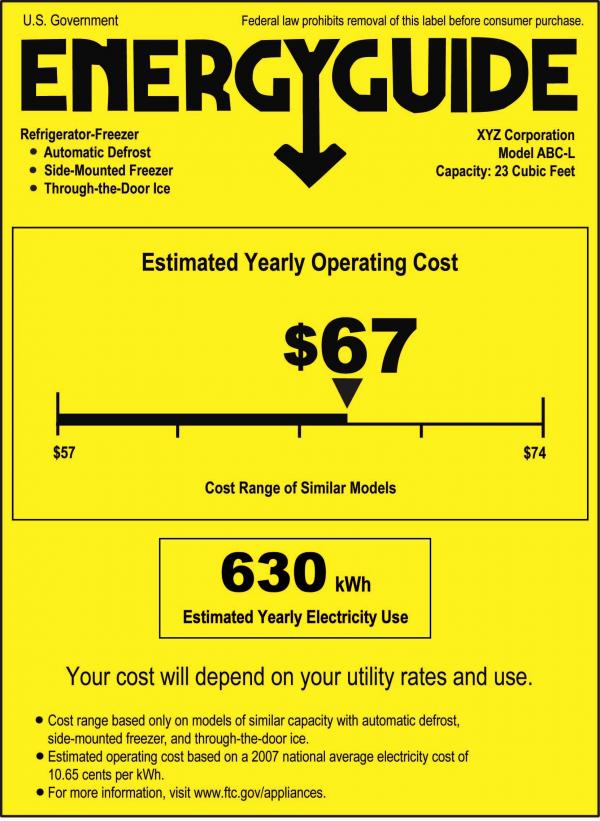Look for the Energy Star label

When consumers shop for new appliances, it’s common to focus on finding a product with an Energy Star rating. But how do appliances get this rating?
Computers and monitors were the first products to receive an efficiency rating from Energy Star, a program launched in 1992 by the U.S. Environmental Protection Agency and U.S. Department of Energy. Since then, more than 60 product categories have been added, from dishwashers to windows to DVD players. According to the program, Energy Star-rated products deliver the same or better performance as comparable models while using less energy and saving money. For example, qualified refrigerators must be at least 15 percent more efficient than the minimum federal efficiency standard.
Americans, with the help of Energy Star, saved enough energy in 2010 to avoid greenhouse gas emissions equivalent to those from 33 million cars—all while saving nearly $18 billion on their utility bills.
A survey by the Consortium for Energy Efficiency discovered that 76 percent of American households recognize the Energy Star brand. Of these consumers, 73 percent purchased an Energy Star product within the last year.
These products can be recognized by their yellow EnergyGuide labels. Check the labels of various models before you buy. The difference on your monthly utility bill can be significant, especially when considered over the 10- to 20-year life of the appliance. So you could save money in the long run by choosing a model that’s more energy-efficient, even if the purchase price is higher.
